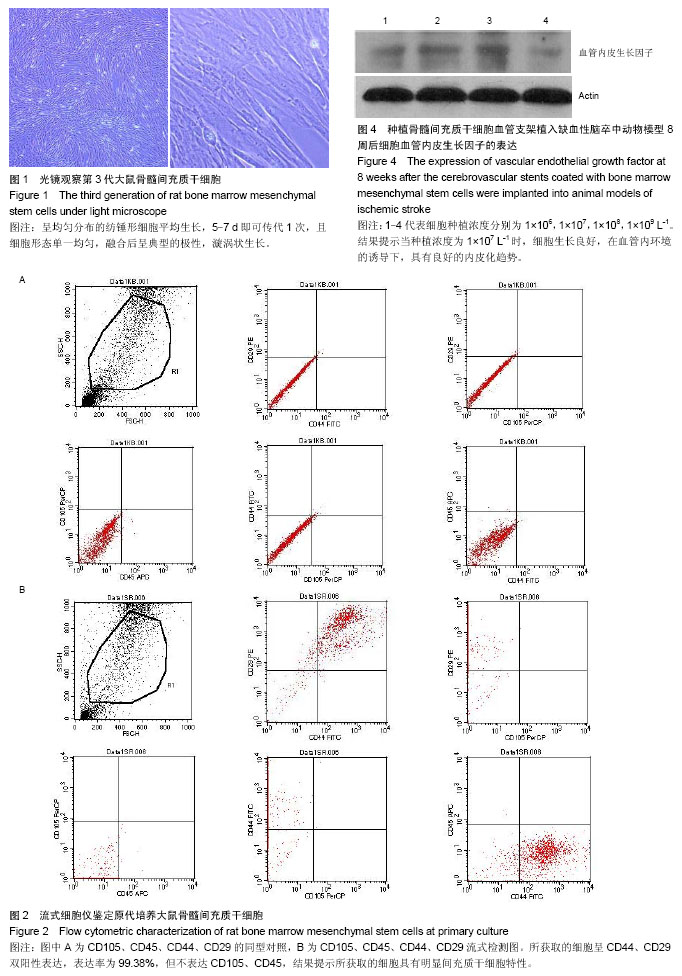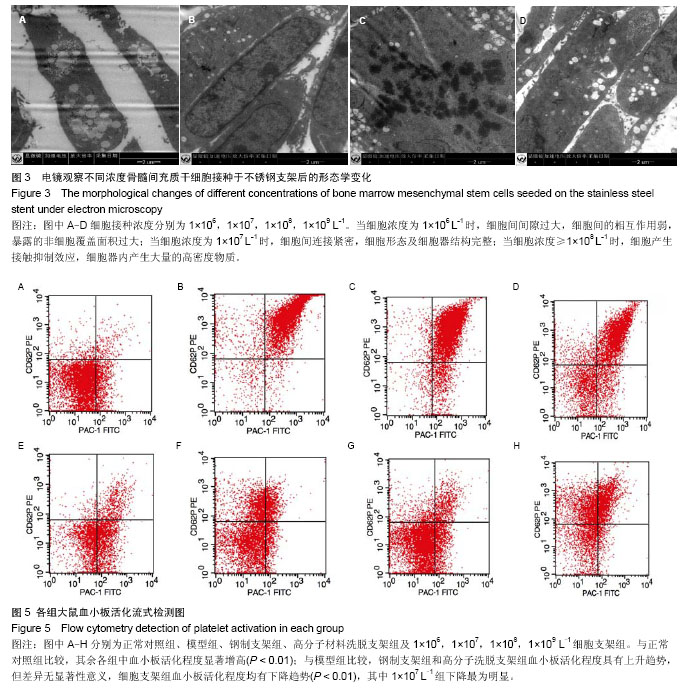| [1] Ragkousis GE,Curzen N,Bressloff NW.Simulation of longitudinal stentdeformation in a patient-specific coronary artery.Med Eng Phys.2014;36(4):467-476.
[2] Lee SY,Hong MK.Stent evaluation with optical coherence tomography .Yonsei Med J. 2013;54(5):1075-1083.
[3] van Buuren F,Dahm JB,Horskotte D.Stent restenosis and thrombosis: etiology, treatment, and outcomes.Minerva Med.2012;103(6):503-511.
[4] Cho YK,Hur SH,Park NH,et al.Long-term outcomes of intravascular ultrasound-guided implantation of bare metal stents versus drug-eluting stents in primary percutaneous coronary intervention.Korean J Intern Med.2014;29(1):66-75.
[5] Jang JS,Song YJ,Kang W,et al.Intravascular Ultrasound-Guided Implantation of Drug-Eluting Stents to Improve Outcome: A Meta-Analysis.JACC Cardiovasc Interv. 2014;7(3):233-243.
[6] Chen SL,Han YL,Zhang YJ,et al.The anatomic- and clinical-based NERS (new risk stratification) score II to predict clinical outcomes after stenting unprotected left main coronary artery disease: results from a multicenter, prospective, registry study.JACC Cardiovasc Interv. 2013; 6(12):1233-1241.
[7] Siddiqi OK, FaxonDP. Very late stent thrombosis: current concepts.Curr Opin Cardiol. 2012;27(6):634-641.
[8] Gogas BD,Garcia-Garcia HM, OnumaY,et al. Edge vascular response after percutaneous coronary intervention: an intracoronary ultrasound and optical coherence tomography appraisal: from radioactive platforms to first-and second-generation drug-eluting stents and bioresorbable scaffolds.JACC Cardiovasc Interv.2013;6(3):211-221.
[9] Matsumura G,Miyagawa-Tomita S,Shin’oka T,et al.First evidence that bone marrow cells contribute to the construction of tissue-engineered vascular autografts in vivo.Circulation.2003;108(14):1729-1734.
[10] Oswald J,Boxberger S,Jorgensen B,et al.Mesenchymal stem cells can be differentiated into endothelial cells in vitro.Stem Cells.2004;22(3):377-384.
[11] Zanier ER,Pischiutta F,Riganti L,et al.Bone Marrow Mesenchymal Stromal Cells Drive Protective M2 Microglia Polarization After Brain Trauma. Neurotherapeutics. 2014. [Epub ahead of print]
[12] Long T,Zhu Z,Awad HA,et al.The effect of mesenchymal stem cell sheets on structural allograft healing of critical sized femoral defects in mice. Biomaterials. 2014;35(9): 2752-2759.
[13] Hawkins KE,DeMars KM,Singh J,et al.Neurovascular protection by post-ischemic intravenous injections of the lipoxin A4 receptor agonist, BML-111, in a rat model of ischemic stroke.J Neurochem.2014;129(1):130-142.
[14] Cordova CA,Jackson D,Langdon KD,et al.Impaired executive function following ischemic stroke in the rat medial prefrontal cortex.Behav Brain Res.2014;258:106-111.
[15] Latus H,Apitz C,Moysich A,et al.Creation of a functional Potts shunt by stenting the persistent arterial duct in newborns and infants with suprasystemic pulmonary hypertension of various etiologies.J Heart Lung Transplant.2014;33(5):542-546.
[16] Wilson W,Osten M,Benson L,et al.Evolving trends in interventional cardiology: endovascular options for congenital disease in adults.Can J Cardiol.2014;30(1):75-86.
|


.jpg)